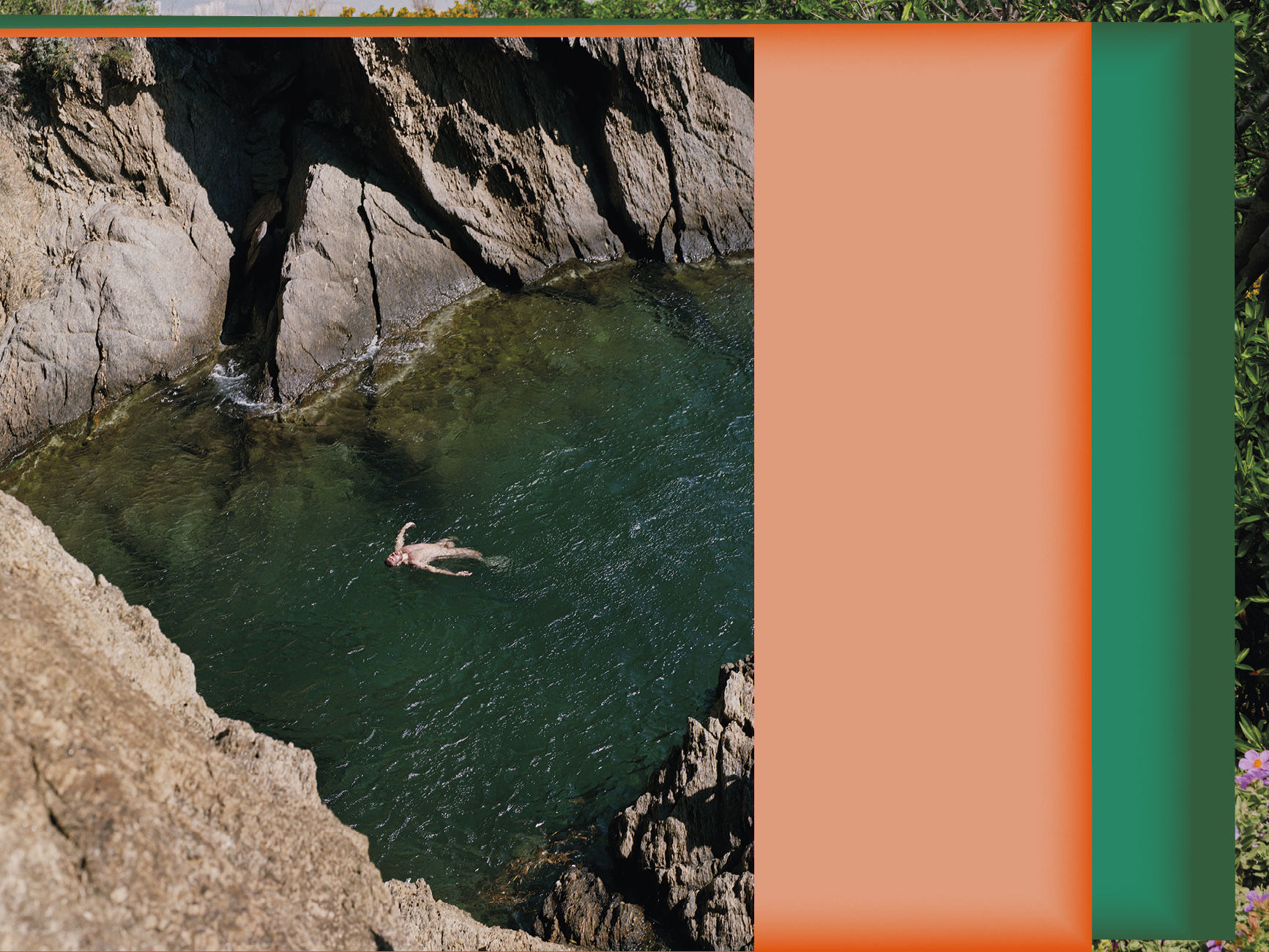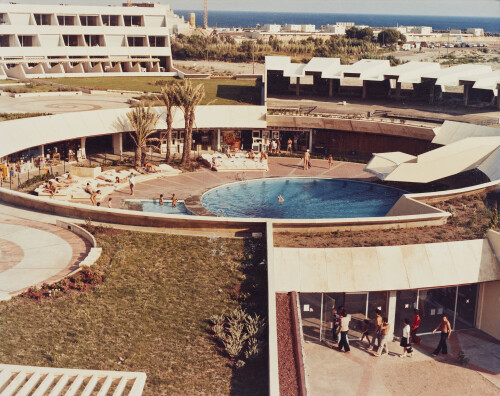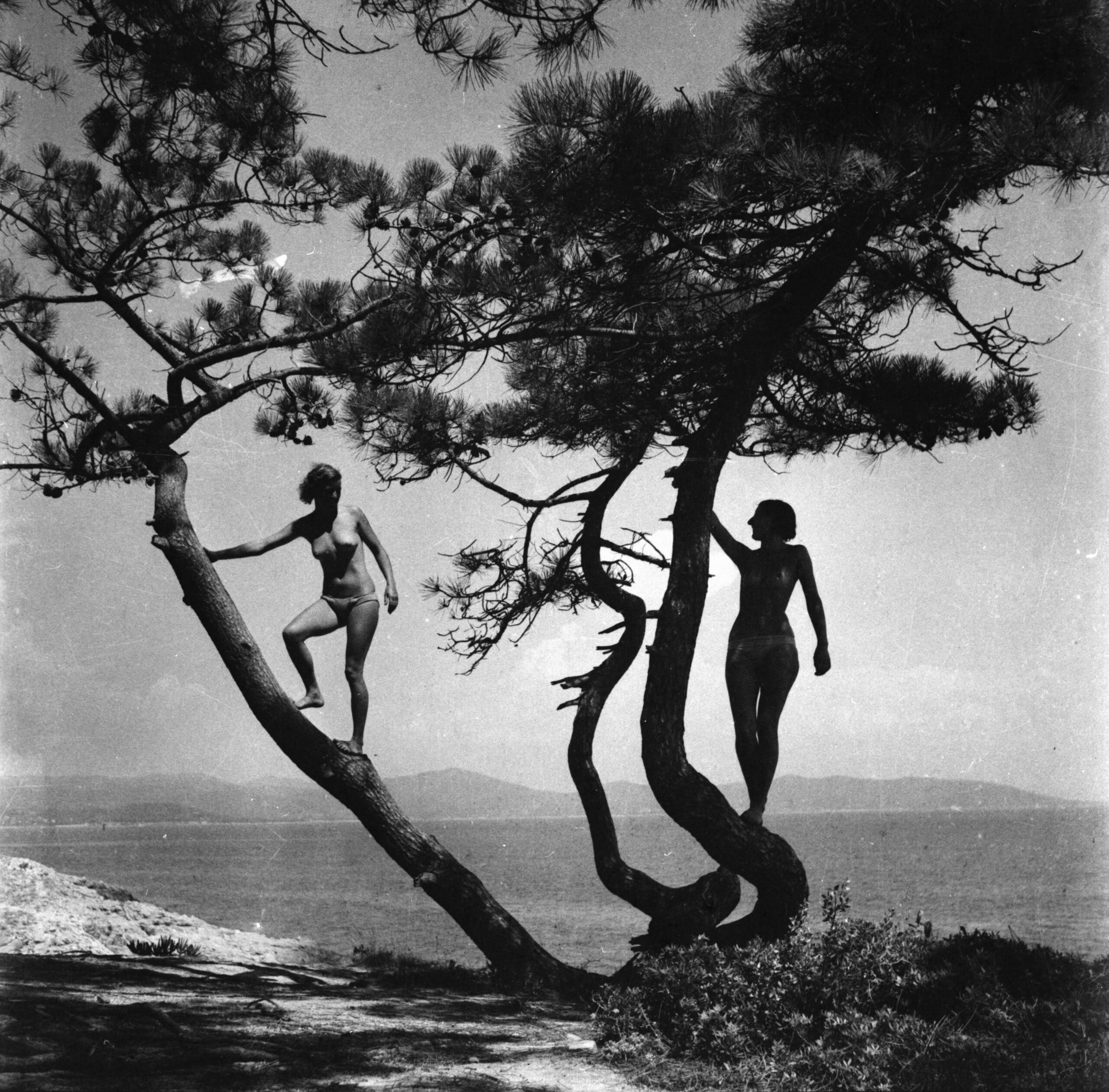Naturist paradises





In recent years, a new craze for nudity in nature has arisen, going hand in hand with the search for healthy, vegetarian diets and the use of natural therapies, meditation, and yoga in the open air. These lifestyles, along with the rejection of the diktats that so weigh down our bodies, are all keys to understanding the issues at stake in the naturism of yesterday and today. Today, France is the world’s leading tourist destination for naturists: its temperate climate and three seas have facilitated the establishment of real communities, which – with the exception of Switzerland – have few real equivalents elsewhere in Europe, where naturism is practised more freely, outside established communities. But there are other historical, cultural, and legal reasons for the uniqueness and longevity of such communities in France. It was only natural for the Mucem, a social museum based in Marseilles, a Mediterranean city around which several major naturist centres have sprung up, to explore this singular and unifying social phenomenon that is naturism, (or rather naturisms, because there are different types).
So could living naked in a community with a view to communing with nature be the secret to happiness and health? Are naturism and nudism the same thing? Why and how did France become this “naturist paradise”? The “Naturist Paradises” exhibition takes you on a journey of discovery of the very first naturist communities, first in Germany and Switzerland, then in France. It takes a look at the history of the pioneering naturist communities that set up in France and Switzerland in the 1920s, and also looks at how naturism is lived and practised today.
Against a sunny backdrop designed by the Lyon agency Trafik, the exhibition brings together 600 items: photographs, films, magazines, everyday objects as well as paintings, drawings, books, prints and sculptures.
They come from community archives and private and public collections in France and Switzerland, including : the Musée National d’Art Moderne MNAM/CCI Centre Pompidou, the Musée du Louvre, the Bibliothèque Nationale de France, the Musée Bourdelle, the Musée des Beaux-Arts de Rennes, the Musée de l’Ephèbe et d’archéologie sous-marine d’Adge, the Musée des Beaux-Arts de Dole, the Cinémathèque de Paris, the INA, the archives départementales des Yvelines, the archives municipales d’Agde, the syndicat d’administration d’Heliopolis – Ile du Levant, the Fondation Henri Cartier-Bresson, the galerie Georges-Philippe et Nathalie Vallois, the Bibliothèque Nationale Suisse in Bern, the Bündner Kunstmuseum in Chur, the cinémathèque de Bern, the Fondazione Monte Verita in Ascona.
Curators:
— Amélie Lavin, head curator at the Mucem – responsible for the Bodies, Appearances, Sexualities section.
— Bernard Andrieu, philosopher, professor at the Institut des Sciences du Sport et de la Santé de Paris, Université Paris Cité.
— David Lorenté, audiovisual and multimedia systems and techniques engineer at Université Paris 1 Panthéon-Sorbonne and doctoral student at Université Paris Cité.
— Jean-Pierre Blanc, Director of the Villa Noailles.
Associate curators:
— Julie Liger, deputy director of the Villa Noailles.
— Thomas Lequeu, associate artistic director of the Villa Noailles.
In recent years, a new craze for nudity in nature has arisen, going hand in hand with the search for healthy, vegetarian diets and the use of natural therapies, meditation, and yoga in the open air. These lifestyles, along with the rejection of the diktats that so weigh down our bodies, are all keys to understanding the issues at stake in the naturism of yesterday and today. Today, France is the world’s leading tourist destination for naturists: its temperate climate and three seas have facilitated the establishment of real communities, which – with the exception of Switzerland – have few real equivalents elsewhere in Europe, where naturism is practised more freely, outside established communities. But there are other historical, cultural, and legal reasons for the uniqueness and longevity of such communities in France. It was only natural for the Mucem, a social museum based in Marseilles, a Mediterranean city around which several major naturist centres have sprung up, to explore this singular and unifying social phenomenon that is naturism, (or rather naturisms, because there are different types).
So could living naked in a community with a view to communing with nature be the secret to happiness and health? Are naturism and nudism the same thing? Why and how did France become this “naturist paradise”? The “Naturist Paradises” exhibition takes you on a journey of discovery of the very first naturist communities, first in Germany and Switzerland, then in France. It takes a look at the history of the pioneering naturist communities that set up in France and Switzerland in the 1920s, and also looks at how naturism is lived and practised today.
Against a sunny backdrop designed by the Lyon agency Trafik, the exhibition brings together 600 items: photographs, films, magazines, everyday objects as well as paintings, drawings, books, prints and sculptures.
They come from community archives and private and public collections in France and Switzerland, including : the Musée National d’Art Moderne MNAM/CCI Centre Pompidou, the Musée du Louvre, the Bibliothèque Nationale de France, the Musée Bourdelle, the Musée des Beaux-Arts de Rennes, the Musée de l’Ephèbe et d’archéologie sous-marine d’Adge, the Musée des Beaux-Arts de Dole, the Cinémathèque de Paris, the INA, the archives départementales des Yvelines, the archives municipales d’Agde, the syndicat d’administration d’Heliopolis – Ile du Levant, the Fondation Henri Cartier-Bresson, the galerie Georges-Philippe et Nathalie Vallois, the Bibliothèque Nationale Suisse in Bern, the Bündner Kunstmuseum in Chur, the cinémathèque de Bern, the Fondazione Monte Verita in Ascona.
Curators:
— Amélie Lavin, head curator at the Mucem – responsible for the Bodies, Appearances, Sexualities section.
— Bernard Andrieu, philosopher, professor at the Institut des Sciences du Sport et de la Santé de Paris, Université Paris Cité.
— David Lorenté, audiovisual and multimedia systems and techniques engineer at Université Paris 1 Panthéon-Sorbonne and doctoral student at Université Paris Cité.
— Jean-Pierre Blanc, Director of the Villa Noailles.
Associate curators:
— Julie Liger, deputy director of the Villa Noailles.
— Thomas Lequeu, associate artistic director of the Villa Noailles.



